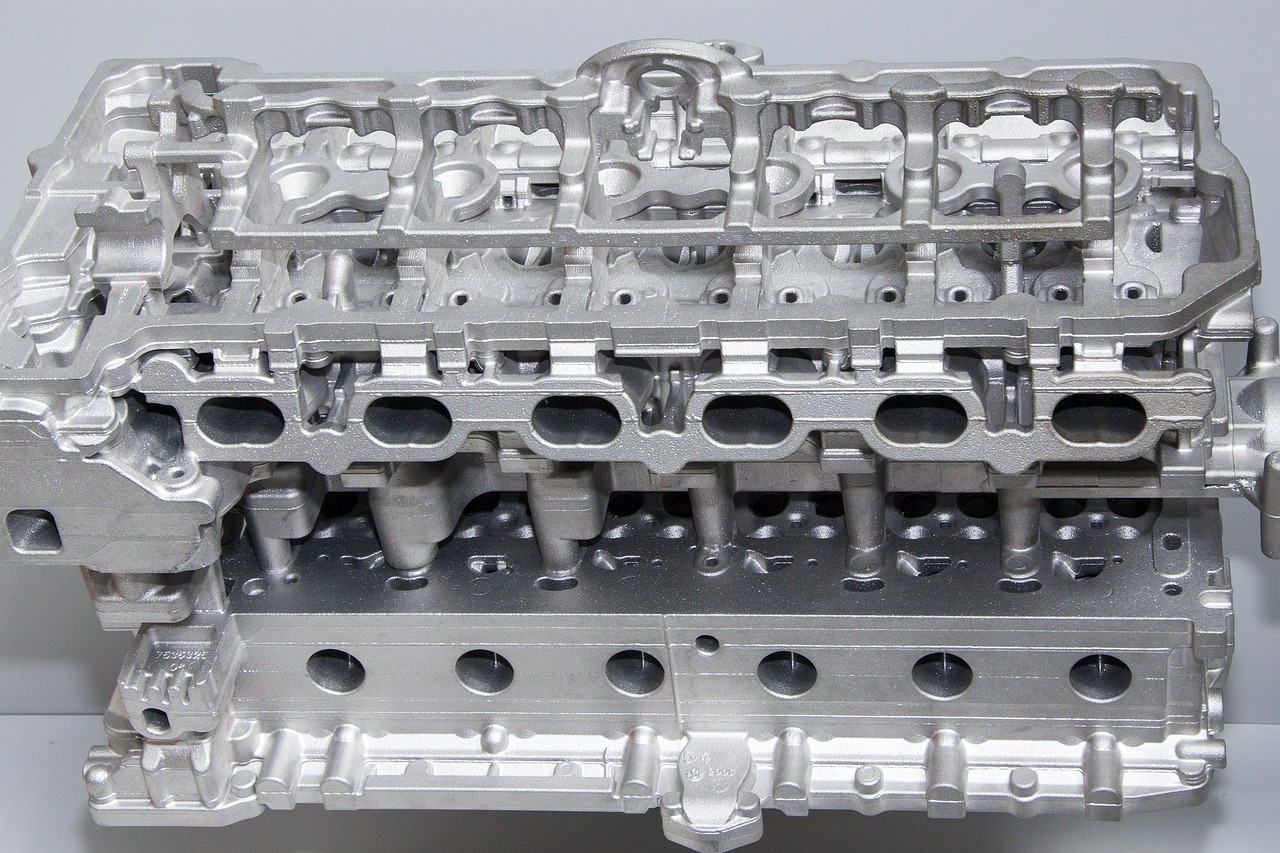
Electrical charges of the atmosphere are called ions (Goldstein and Arshavskaya, 1997). They are atoms and molecules that have gained or lost an electron. Those that have lost an electron are called positive ions, while those that have gained an electron are negative ions. In nature, we tend to find between a few hundred to a few thousand of these ions per cubic centimeter. An air ion begins to exist when sufficiently high energy acts on a gaseous molecule (or atom) to eject an electron. The source of this energy is mostly the radioactivity of the Earth’s crust and the cosmic radiation. However, the shearing forces of water droplets in waterfalls (also known as Lenard effect) or the friction developed by rapidly moving of great volumes of air over a land can also be actual sources of ionizing energy. The displaced electron attaches itself to an adjacent molecule, which becomes a negative ion, the original molecule then becoming a positive ion. DIVE HERE




